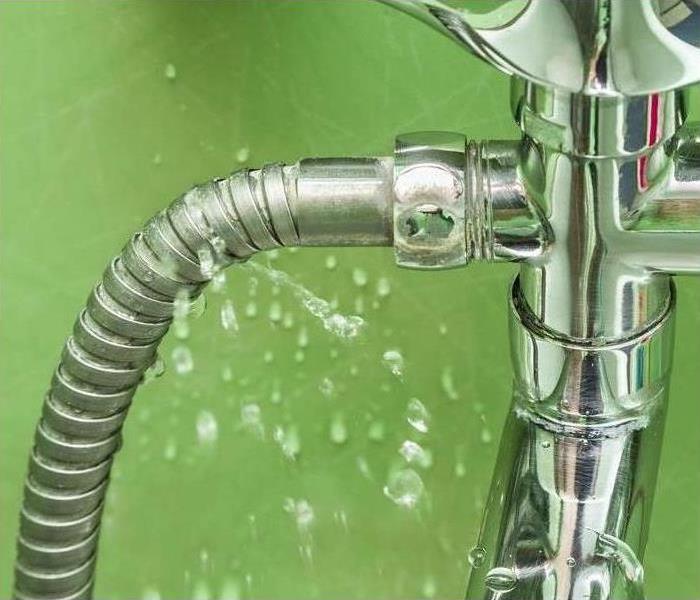Inspection and Maintenance of Bathroom Supply Lines
6/29/2021 (Permalink)
Supply line damage can lead to many disasters. If leaking, the pressurized tube can release a lot of water, which can ultimately lead to serious water damage. To avoid the time and expense of restoration and repair, here are a few tips concerning supply lines.
What Is a Supply Line?
A supply line is a tube that connects to a faucet, toilet, dishwasher, sink, and other fixtures. It transfers water from the pipe into the fixture. These lines are normally made from plastic or stainless steel tubing. This tubing is flexible and is often braided to increase the strength and durability of the line.
How Does It Get Damaged?
Supply line damage isn’t rare. A few ways that they can get damaged include the following:
- High amounts of pressure. This pressure can escape through weak joints
- Sediment build-up. This can block the water and cause the tube to bulge and burst.
- Corrosion can cause leaks that can easily expand.
Unlike a subtle bathroom leak that happens under the floor or within a wall, a supply line leak is easy to spot. If you find one in your bathroom, quickly shut off the water supply. This will prevent any more water from escaping the line and entering parts of your home that normally don’t get water.
When Should I Inspect my Supply Lines?
All pipes and plumbing should be inspected yearly in Perry, OK, to ensure the integrity of your home’s water pipe system. However, supply lines should be checked often. Check for drips, bulges, and any corrosion that you might notice. It’s also important to test the shut-off valves to see if they are working properly.
Supply line damage takes time and money to repair. Daily use of sinks, toilets and other fixtures makes it even easier for leaks and bursts to occur. However, by taking care of your supply lines and inspecting them yearly, you can stop water damage from happening.



 24/7 Emergency Service
24/7 Emergency Service
